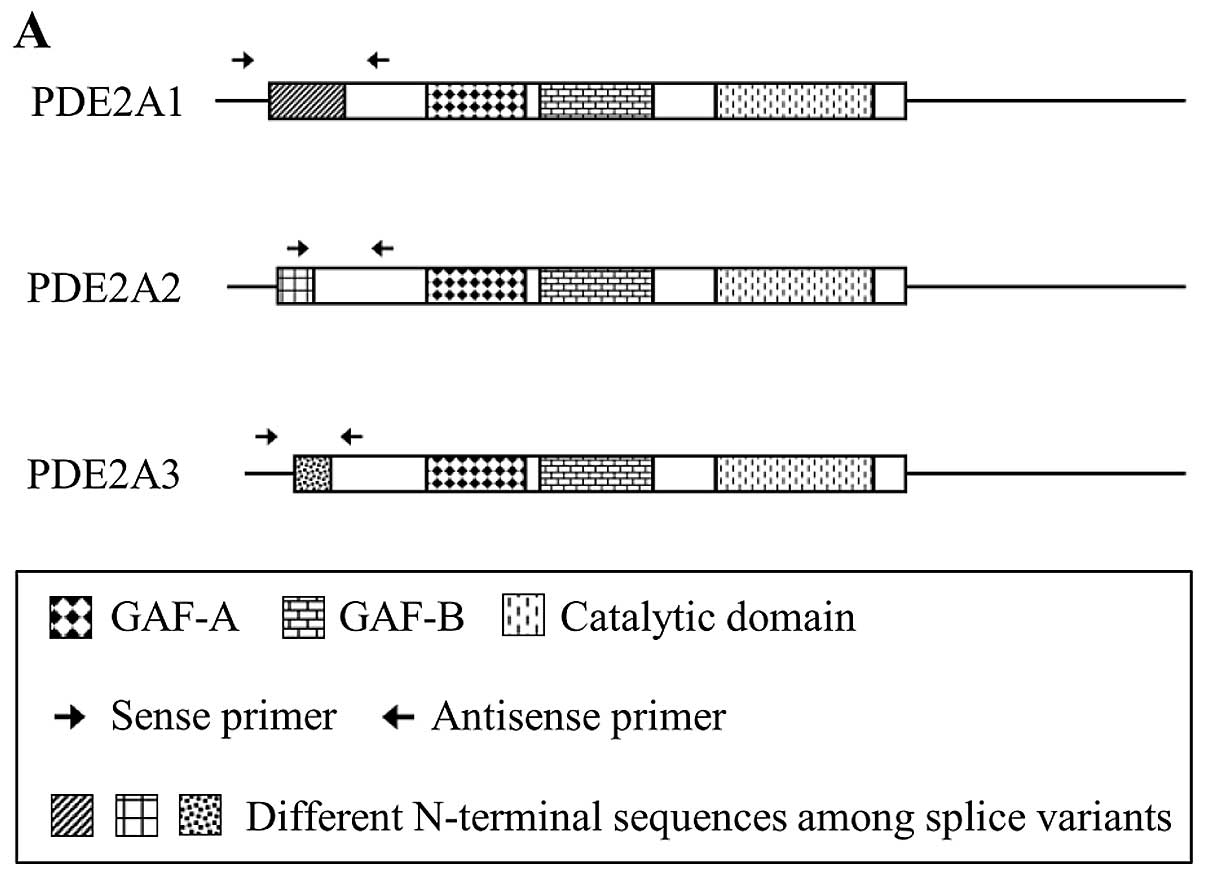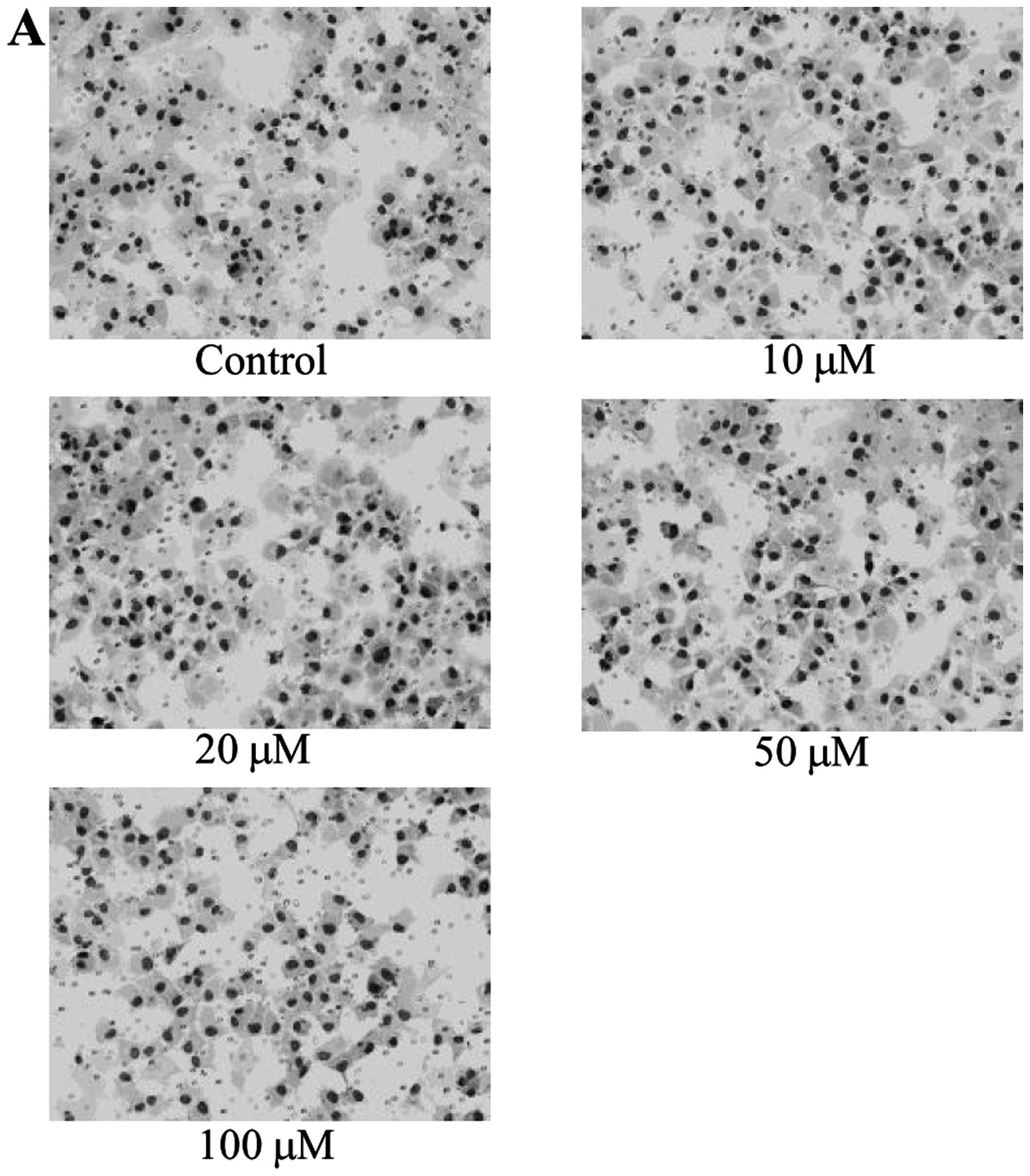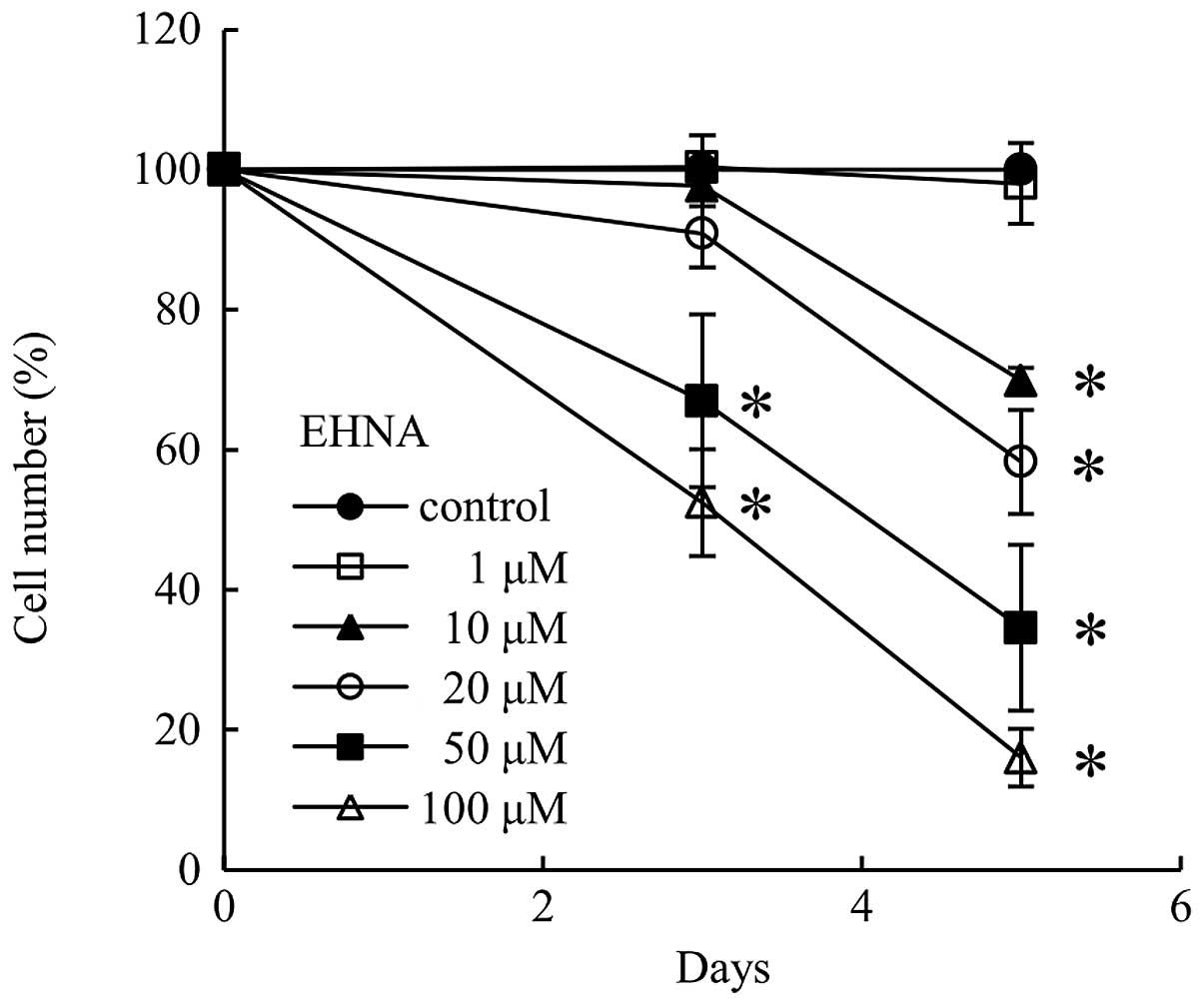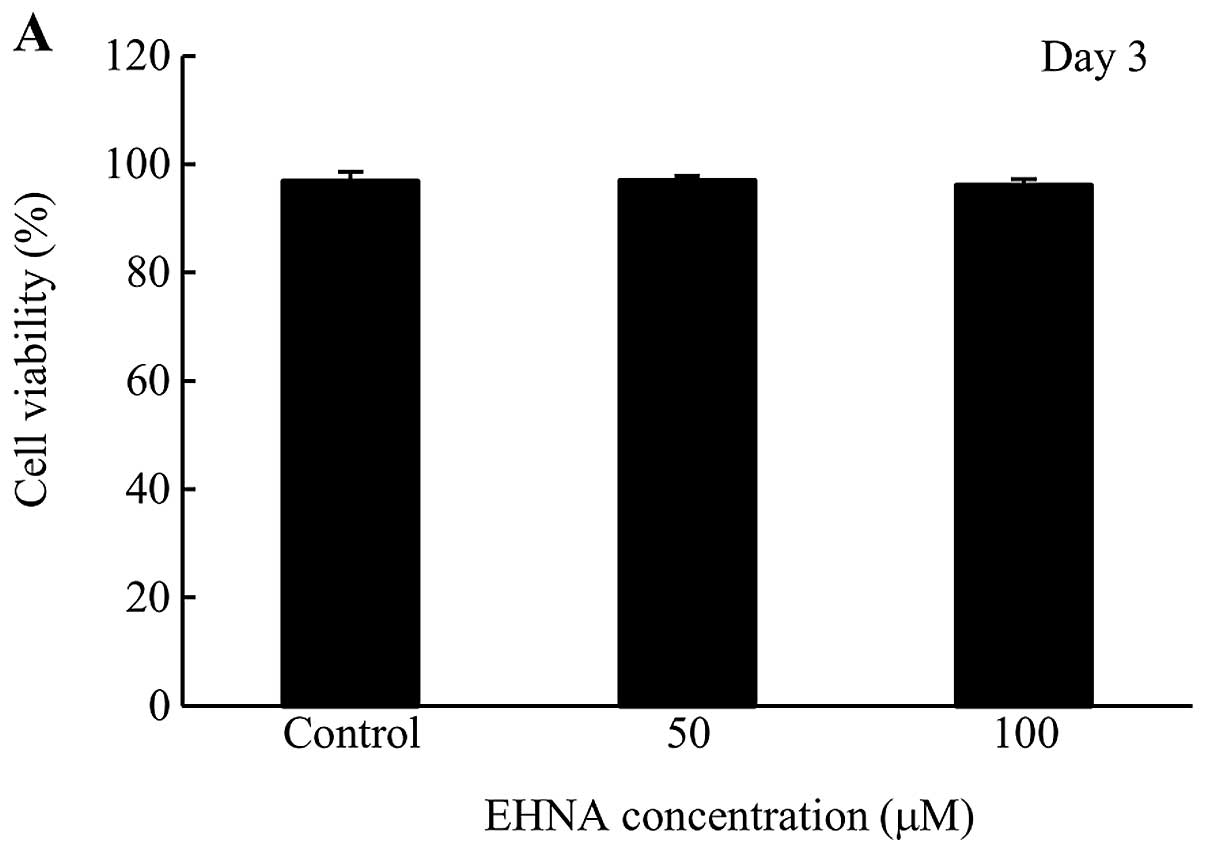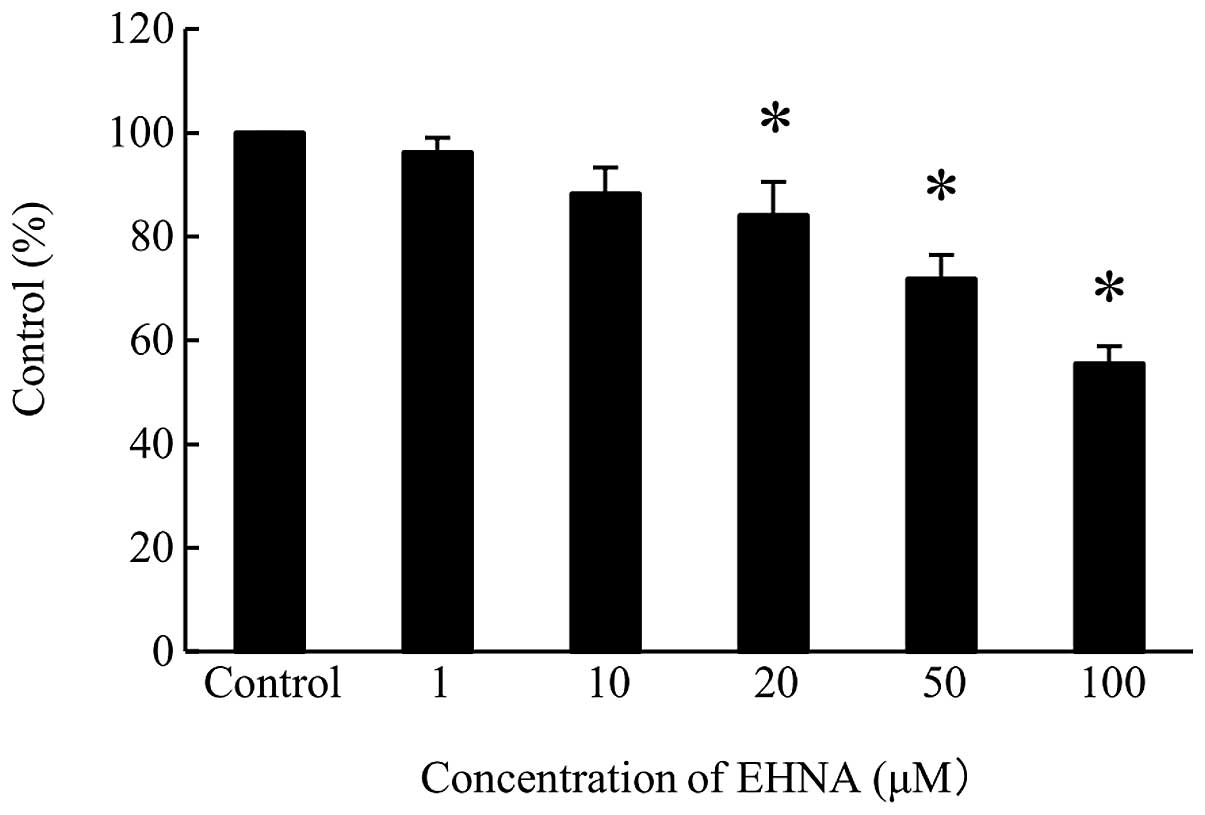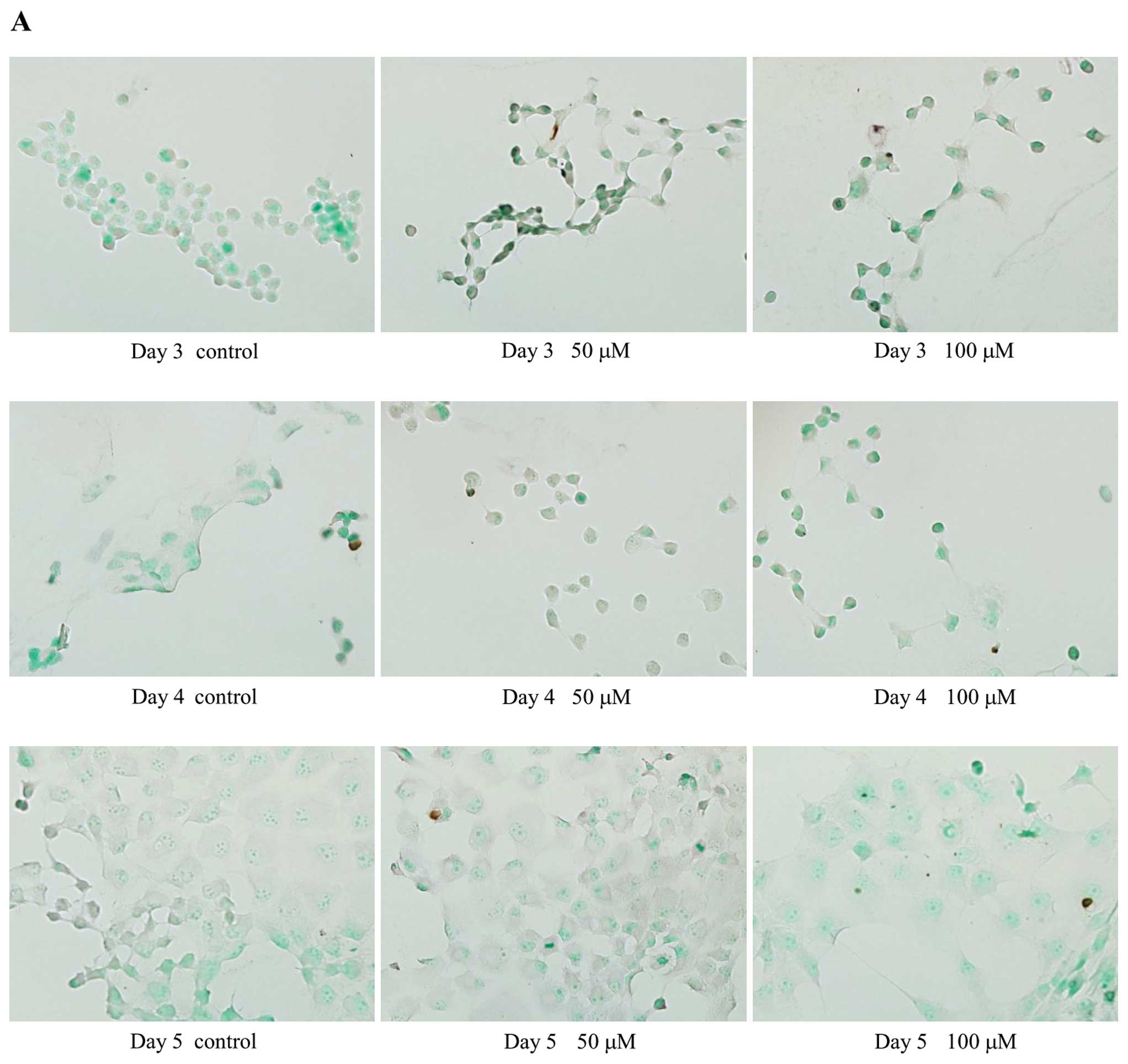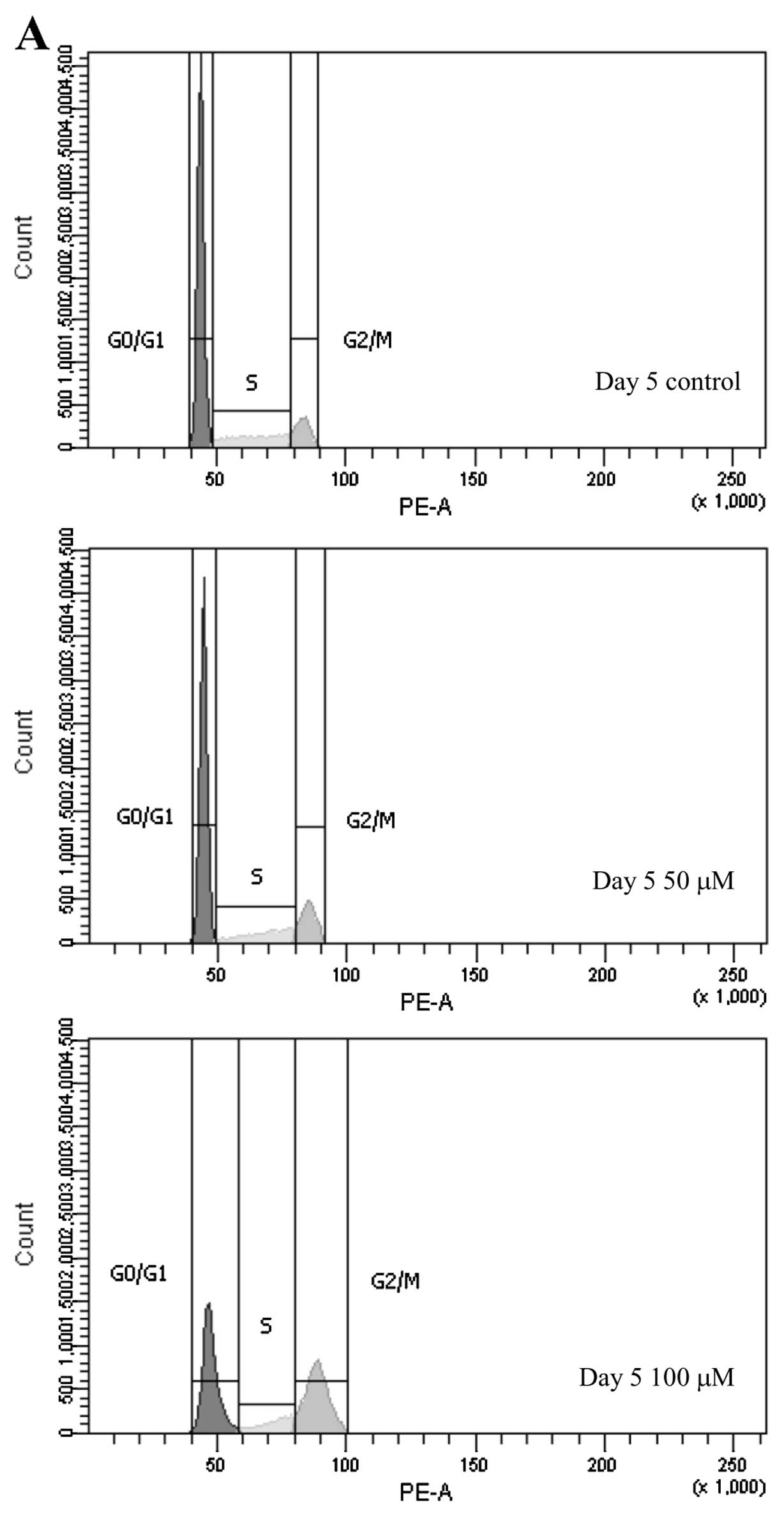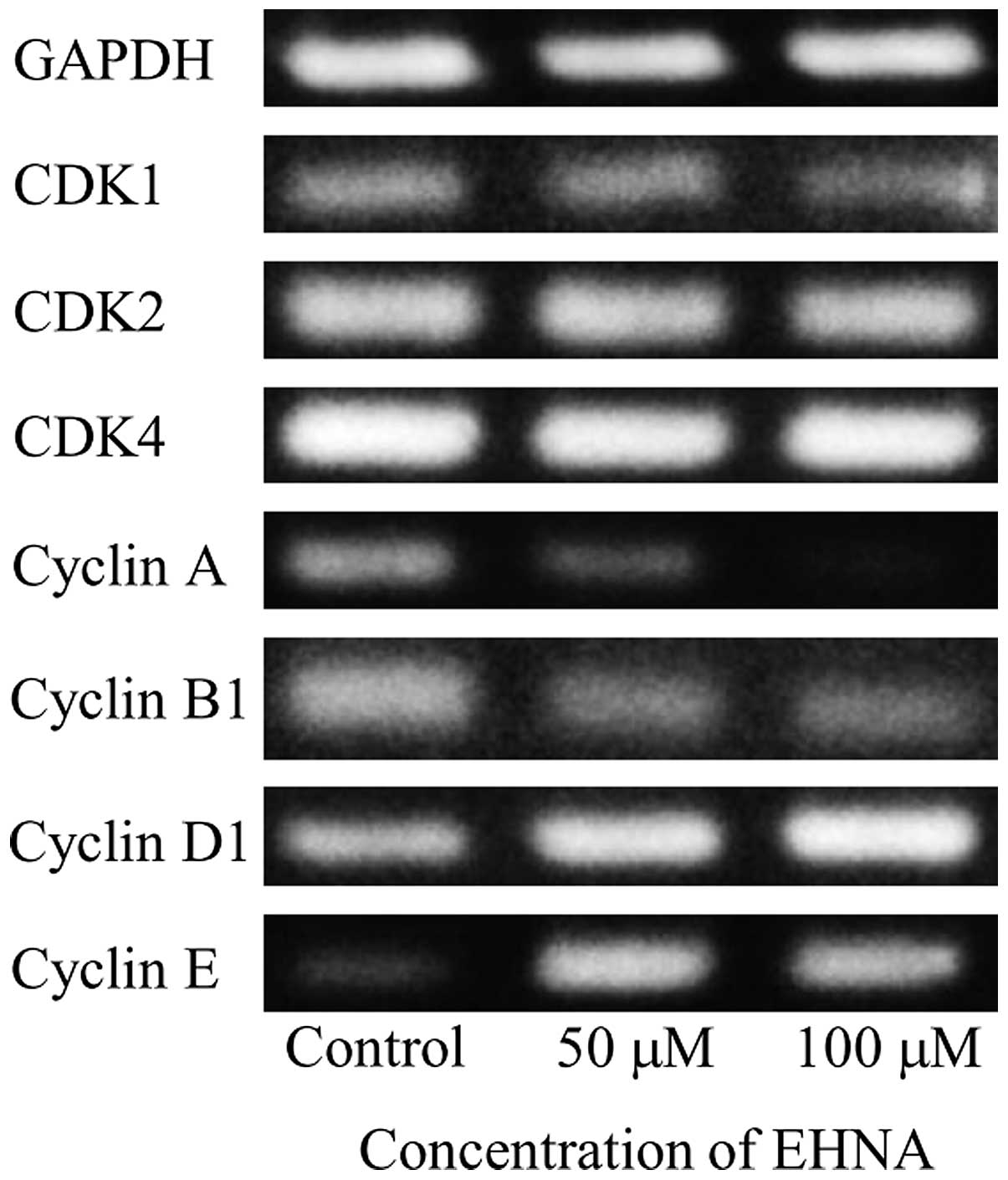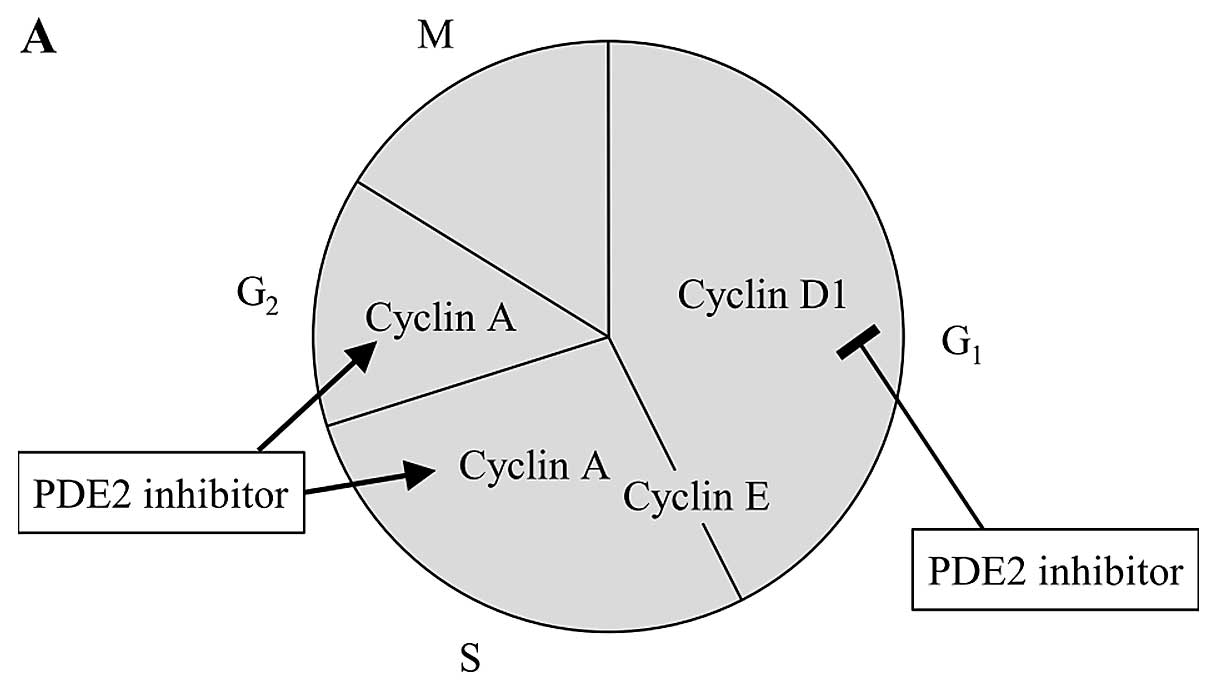|
1
|
Thompson JF, Scolyer RA and Kefford RF:
Cutaneous melanoma. Lancet. 365:687–701. 2005. View Article : Google Scholar : PubMed/NCBI
|
|
2
|
Beavo JA, Houslay MD and Francis SH:
Cyclic nucleotide phosphodiesterase superfamily. Cyclic Nucleotide
Phosphodiesterases in Health and Disease. Beavo JA, Francis SH and
Houslay MD: CRC Press; Boca Raton: pp. 3–17. 2007
|
|
3
|
Houslay MD: Underpinning compartmentalised
cAMP signalling through targeted cAMP breakdown. Trends Biochem
Sci. 35:91–100. 2009. View Article : Google Scholar : PubMed/NCBI
|
|
4
|
Martinez SE: PDE2 structure and functions.
Cyclic Nucleotide Phosphodiesterases in Health and Disease. Beavo
JA, Francis SH and Houslay MD: CRC Press; Boca Raton: pp. 55–77.
2007
|
|
5
|
Conti M and Beavo J: Biochemistry and
physiology of cyclic nucleotide phosphodiesterases: essential
components in cyclic nucleotide signaling. Annu Rev Biochem.
76:481–511. 2007. View Article : Google Scholar : PubMed/NCBI
|
|
6
|
Lugnier C: Cyclic nucleotide
phosphodiesterase (PDE) superfamily: a new target for the
development of specific therapeutic agents. Pharmacol Ther.
109:366–398. 2006. View Article : Google Scholar : PubMed/NCBI
|
|
7
|
Shimizu K, Murata T, Watanabe Y, Sato C,
Morita H and Tagawa T: Characterization of phosphodiesterase 1 in
human malignant melanoma cell lines. Anticancer Res. 29:1119–1122.
2009.PubMed/NCBI
|
|
8
|
Murata T, Shimizu K, Narita M, Manganiello
VC and Tagawa T: Characterization of phosphodiesterase 3 in human
malignant melanoma cell line. Anticancer Res. 22:3171–3174.
2002.PubMed/NCBI
|
|
9
|
Murata T, Shimizu K, Watanabe Y, Morita H,
Sekida M and Tagawa T: Expression and role of phosphodiesterase 5
in human malignant melanoma cell line. Anticancer Res. 30:355–358.
2010.PubMed/NCBI
|
|
10
|
Kamei T, Inui M, Nakamura S, Okumura K,
Goto A and Tagawa T: Interferon-γ and anti-Fas antibody-induced
apoptosis in human melanoma cell lines and its relationship to
bcl-2 cleavage and bak expression. Melanoma Res. 13:153–159.
2003.
|
|
11
|
Omori K and Kotera J: Overview of PDEs and
their regulation. Circ Res. 100:309–327. 2007. View Article : Google Scholar : PubMed/NCBI
|
|
12
|
Kambayashi J, Shakur Y and Liu Y: Bench to
bedside: multiple actions of the PDE3 inhibitor cilostazol. Cyclic
Nucleotide Phosphodiesterases in Health and Disease. Beavo JA,
Francis SH and Houslay MD: CRC Press; Boca Raton: pp. 627–648.
2007
|
|
13
|
Kim DH and Lerner A: Type 4 cyclic
adenosine monophosphate phosphodiesterase as a therapeutic target
in chronic lymphocytic leukemia. Blood. 92:2484–2494.
1998.PubMed/NCBI
|
|
14
|
Morris HR, Taylor GW, Masento MS, Jermyn
KA and Kay RR: Chemical structure of the morphogen differentiation
inducing factor from Dictyostelium discoideum. Nature.
328:811–814. 1987. View
Article : Google Scholar : PubMed/NCBI
|
|
15
|
Shimizu K, Murata T, Tagawa T, Takahashi
K, Ishizawa R, Abe Y, Hosaka K and Kubohara Y: Calmodulin-dependent
cyclic nucleotide phosphodiesterase (PDE1) is a pharmacological
target of differentiation-inducing factor-1, an antitumor agent
isolated from Dictyostelium. Cancer Res. 64:2568–2571. 2004.
View Article : Google Scholar
|
|
16
|
Favot L, Keravis T, Holl V, Le Bec A and
Lugnier C: VEGF-induced HUVEC migration and proliferation are
decreased by PDE2 and PDE4 inhibitors. Thromb Haemost. 90:334–343.
2003.PubMed/NCBI
|
|
17
|
Drees M, Zimmermann R and Eisenbrand G:
3′,5′-Cyclic nucleotide phosphodiesterase in tumor cells as
potential target for tumor growth inhibition. Cancer Res.
53:3058–3061. 1993.
|
|
18
|
Dunkern TR and Hatzelmann A:
Characterization of inhibitors of phosphodiesterase 1C on a human
cellular system. FEBS J. 274:4812–4824. 2007. View Article : Google Scholar : PubMed/NCBI
|
|
19
|
Rosman GJ, Martins TJ, Sonnenburg WK,
Beavo JA, Ferguson K and Loughney K: Isolation and characterization
of human cDNAs encoding a cGMP-stimulated 3′,5′-cyclic nucleotide
phosphodiesterase. Gene. 191:89–95. 1997.PubMed/NCBI
|
|
20
|
Seybold J, Thomas D, Witzenrath M, Boral
S, Hocke AC, Bürger A, Hatzelmann A, Tenor H, Schudt C, Krüll M,
Schütte H, Hippenstiel S and Suttorp N: Tumor necrosis
factor-α-dependent expression of phosphodiesterase 2: role in
endothelial hyperpermeability. Blood. 105:3569–3576. 2005.
|
|
21
|
Ahlström M, Pekkinen M, Huttunen M and
Lamberg-Allardt C: Dexamathasone down-regulates
cAMP-phosphodiesterase in human osteosarcoma cells. Biochem
Pharmacol. 69:267–275. 2005.PubMed/NCBI
|
|
22
|
Gupta R, Kumar G and Kumar RS: An update
on cyclic nucleotide phosphodiesterase (PDE) inhibitors:
phosphodiesterases and drug selectivity. Methods Find Exp Clin
Pharmacol. 27:101–118. 2005. View Article : Google Scholar : PubMed/NCBI
|
|
23
|
Acin-Perez R, Russwurm M, Günnewig K,
Gertz M, Zoidl G, Ramos L, Buck J, Levin LR, Rassow J, Manfredi G
and Steegborn C: A phosphodiesterase 2A isoform localized to
mitochondria regulates respiration. J Biol Chem. 286:30423–30432.
2011. View Article : Google Scholar : PubMed/NCBI
|
|
24
|
Netherton SJ and Maurice DH: Vascular
endothelial cell cyclic nucleotide phosphodiesterases and regulated
cell migration: implications in angiogenesis. Mol Pharmacol.
67:263–272. 2005. View Article : Google Scholar : PubMed/NCBI
|
|
25
|
Thompson WJ, Piazza GA, Li H, Liu L,
Fetter J, Zhu B, Sperl G, Ahnen D and Pamukcu R: Exisulind
induction of apoptosis involves guanosin 3′,5′-cyclic monophosphate
phosphodiesterase inhibition, protein kinase G activation, and
attenuated β-catenin. Cancer Res. 60:3338–3342. 2000.PubMed/NCBI
|
|
26
|
Favot L, Keravis T and Lugnier C:
Modulation of VEGF-induced endothelial cell cycle protein
expression through cyclic AMP hydrolysis by PDE2 and PDE4. Thromb
Haemost. 92:634–645. 2004.PubMed/NCBI
|
|
27
|
Pawlik TM and Keyomarsi K: Role of cell
cycle in mediating sensitivity to radiotherapy. Int J Radiat Oncol
Biol Phys. 59:928–942. 2004. View Article : Google Scholar : PubMed/NCBI
|
|
28
|
Khan AJ, Wall B, Ahlawat S, Green C,
Schiff D, Mehnert JM, Goydos JS, Chen S and Haffty BG: Riluzole
enhances ionizing radiation-induced cytotoxicity in human melanoma
cells that ectopically express metabotropic glutamate receptor 1 in
vitro and in vivo. Clin Cancer Res. 17:1807–1814. 2011. View Article : Google Scholar
|
|
29
|
Johnson GE, Ivanov VN and Hei TK:
Radiosensitization of melanoma cells through combined inhibition of
protein regulations of cell survival. Apoptosis. 13:790–802. 2008.
View Article : Google Scholar : PubMed/NCBI
|















